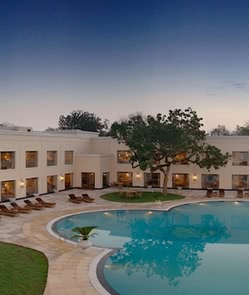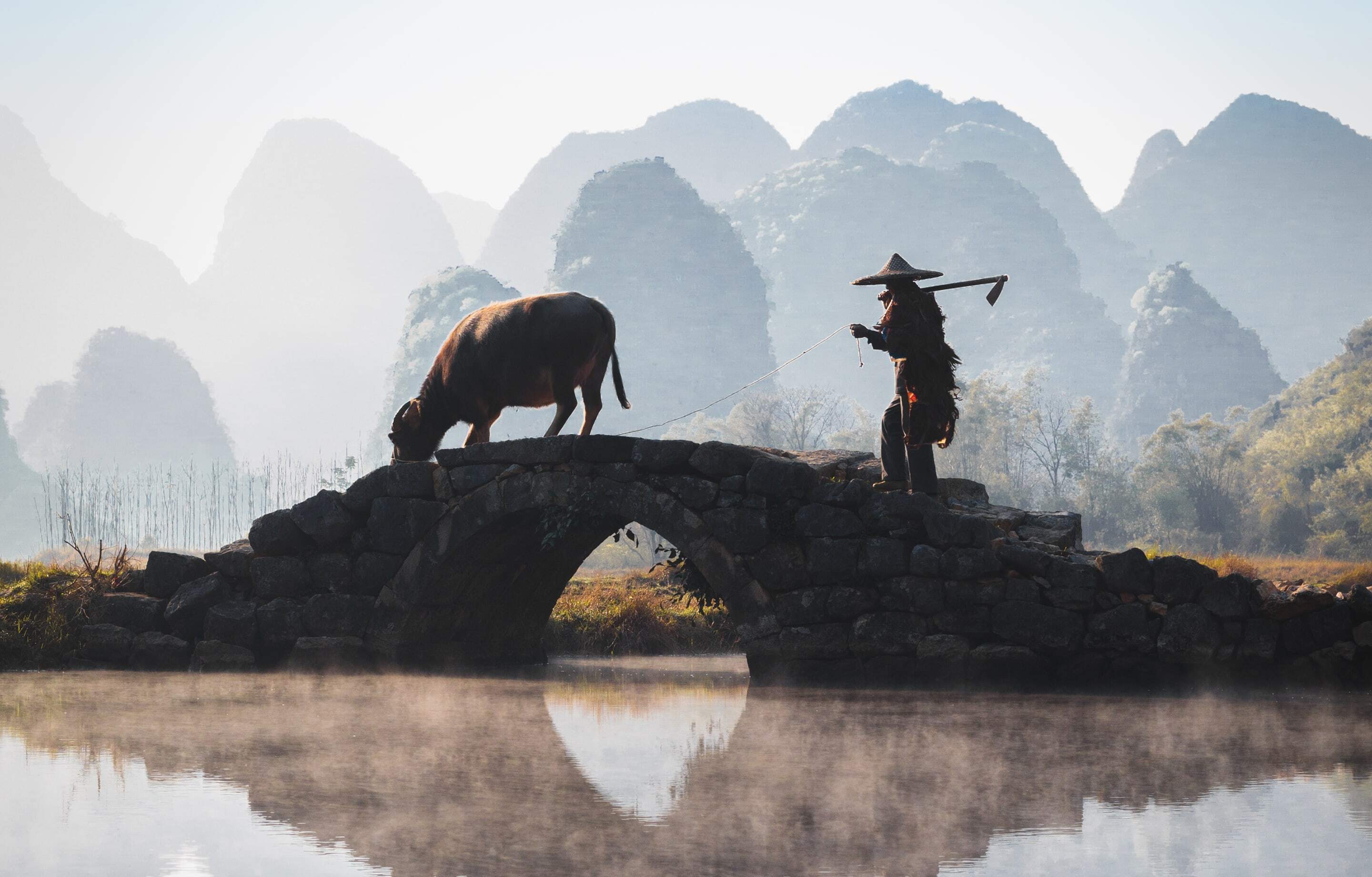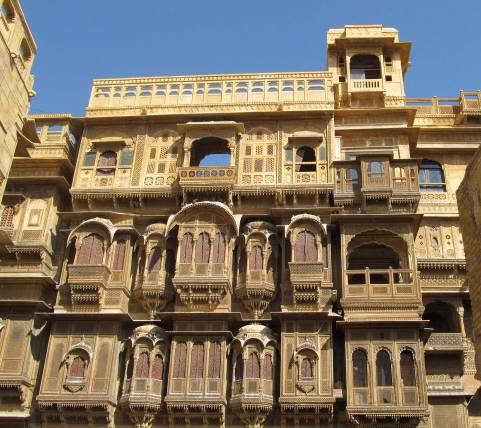- Duration
- 12 days / 11 nights
- Price Per Person
- From $5,100
A handpicked selection of experiences endorsed by our experts. If you can’t see what you’re looking for, let us know, as our extensive network of local contacts can open many doors.
Of the temples in the eastern group, noteworthy ones include the Adinath Temple, a Jain temple that features carvings of yakshis, or winged demons from Jain, Hindu, and Buddhist lore; the Parsvanath Temple, the largest of the eastern group and which features a blend of Hindu, Muslim, and Buddhist motifs; and the Ghantai Temple, another Jain structure which hosts a beautiful frieze depicting the sixteen dreams of the mother of Mahavira, the propagator of the Jain faith.
Each year in March, the Khajuraho Dance Festival is held, featuring colorful costumes, music and of course, traditional dance-dramas, including various Hindu and Jain stories depicted in the temple carvings.
Prominent members of the southern group include the Dulhadev Temple, which features beautifully rendered apsaras, or feminine spirits; Chattarbhuj Temple, home to a nine-foot tall statue of Vishnu; and the Beejamandal Temple, a ruined structure that is still currently under excavation.
The temples of Khajuraho are grouped by location into three classifications: western, eastern and southern. Of these three groups, the western temples are the largest and richest, and comprise eight temples, all built of sandstone and adorned with the ornate, life-like carvings for which Khajuraho is so famous.
Particularly noteworthy temples include the ornate Lakhmana Temple, built in the 10th century and dedicated to the Hindu deity Vishnu; the smaller Devi Jagdamba Temple, which houses the realistic, sensual figures which are a trademark of Khajuraho; and the Varaha Temple, home to a series of intricate statues, including that of the devi, or goddess, Saraswati, patron of learning and knowledge.
Visitors should note that every evening, the Western temples are home to a light and sound show, narrated by Bollywood legend Amitabh Bachhan.
Explore in-depth information, experiences and highlights by navigating to specific regions using the links below.

The Lalit Temple View is the most well-placed hotel in the city, located close to the airport and overlooking the western group of the UNESCO-designated Khajuraho temples. The 47 rooms and suites are furnished with modern touches and warm parquet flooring, each offering stunning panoramic views of the temples. Spacious suites come with private patio to better enjoy the temple views. Panna, the 24-hour restaurant, serves multi-national cuisine while drinks can be had at the cosy Mahua Bar and pastries at the Lalit Boulangerie. Private dining such as candlelit dinner poolside with live music can be arranged for special occasions. Other facilities and amenities include spa, an outdoor pool with live flute music during the day, evening puppet show at Panna restaurant’s outdoor patio, jogging track, morning yoga sessions, four-hole putting green, table tennis, cricket, and bicycles for hire.
Multi-Country Specialists

With Remote Lands you'll travel with people who have made Asia the solitary focus of their own lifelong adventure. As our guest, you'll discover Asia on a journey that is completely, authentically your own, adapted from our own remarkable experiences and adventures over the years.
An Asia-focused magazine brought to you by Remote Lands - a platform for adventure, luxury, and authenticity from experts and explorers around the continent.
Here is a small selection of the kind words our clients have said about us recently.

Our guide was amazing, very polite and had endless knowledge and good connections - certainly the right person to escort your clients.